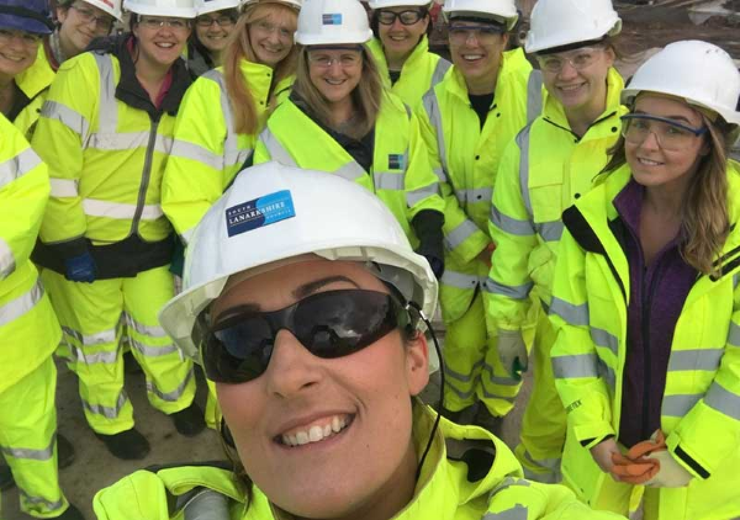
Inclusivity: increased motivation, better productivity and ultimately more success
This piece was originally published on the ICE website.
The skill or competence of inclusivity in engineering is one that has been growing in importance over the past few years as it becomes increasingly obvious that the skills shortages we face are only likely to be resolved if we encourage significant numbers of our untapped resources (women and other under-represented groups) into the sector.
Alongside this drive to fill our skills gap, however, is a parallel realisation that diversity and inclusion is also crucial to our business bottom line, as we see evidence of the benefits in terms of increased innovation, better productivity and ultimately more success that diverse teams can bring.
In engineering – historically a heavily male dominated industry - we have the additional dimension of needing to ensure that the very tools of our trade can be adapted to suit this need for inclusivity as well as the products and services we produce.
So how do we go about ensuring that our current and future engineers have this new skill that we are asking of them? How do we make sure that this competence becomes embedded into our engineering practices just as we have done with safety, sustainability, cyber security and ethics?
As members of engineering institutions our accreditation programmes enable the next generation to attain the skills they need, measured against the UK’s Standard for Professional Engineering Competence (UK SPEC). It’s important that we understand and find ways of measuring and assessing inclusivity in a reliable and consistent way against a set of measures.
Rewriting diversity and inclusion guidelines
The British Standards Institute’s code of practice, Valuing People through Diversity and Inclusion, has recently been put out for consultation and due for release later this year. This will be a good foundation for further best practice.
An additional set of guidelines currently being produced by the Engineering Council on diversity and inclusion will also be very helpful in defining best practice in this area.
The Royal Academy of Engineering’s Diversity and Inclusion Leadership Group has a number of projects looking at inclusive culture and inclusive measurement. These groups will also report on their progress and findings later this year.
And of course there are some excellent industry examples with specific initiatives from companies such as Crossrail, Atkins, Arup, Network Rail and BHP Billiton – which has recently set an ambitious target for a 50-50 gender workforce by 2025.
It is critical that we define and understand inclusivity best practice and its integration in the following four areas:
- Personal characteristics (through behaviour, leadership and communication)
- Business tools (strategy, policies, processes, procurement, recruitment, measures etc.)
- Engineering tools (e.g. BIM, Lean, Six Sigma, design tools, production methods)
- External relations (supply chain, branding, outreach activity and community engagement)
This will give us a framework to build on in order to understand, assess and develop this competence further as our own experience grows.
With so much to gain from addressing engineering inclusion the civil engineering community must be at the forefront of defining and shaping this newest engineering competence in order to safeguard its own future.



